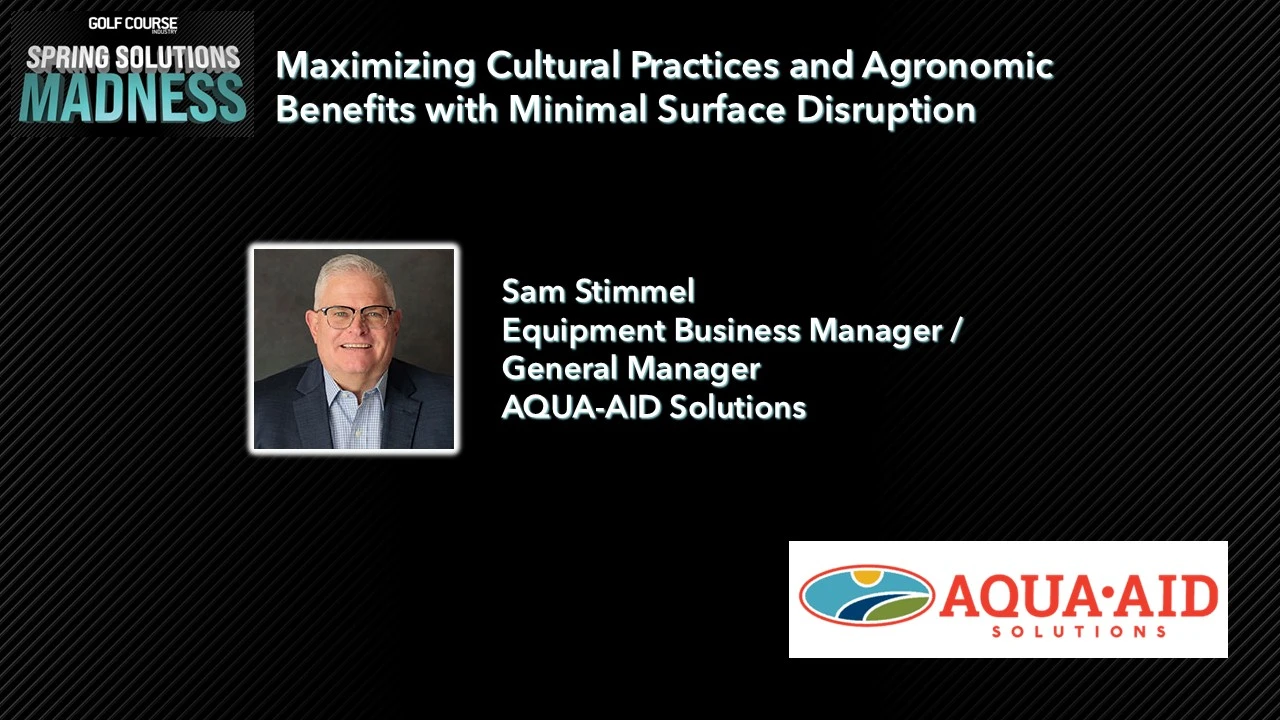When prioritizing your goals while creating a marketing plan, focus your time and energy on soliciting business segments that will generate the most revenue.
A good marketing plan is dynamic, so if you’re monitoring it properly, it will change as the year progresses; and each subsequent year, you identify the most profitable marketing targets better. A good marketing plan requires realistic goals and market research, but even with solid research and preparation, a plan can go wrong if it’s not monitored closely.
Paladin Golf Marketing conducted a marketing assessment report for Baywood Tree Golf Club (actual name withheld for contractual reasons) in November 2006. The report was a researched assessment of future public, member and expected play levels in a market with a priority placed on direct competitors. The purpose was to assess market demand for golf in all segments of area play: outside, membership, group business, hotel, seniors, etc. Once this market research is compiled, it can be used to assess market success levels at a course. If done correctly, it’s all the market research needed to begin concerted marketing strategies and tactics for a public-access golf course.
Baywood Tree’s owner wanted marketing assistance on an affordable, step-by-step basis. The course didn’t have much cash flow, and the owner was contributing more than $65,000 a year to the operation for the past several years. Although the owner had means, he wanted to begin with the marketing assessment report to determine if his course had the chance to succeed in the market or decide on a more viable use of the land.
First, we completed a demand analysis based on population demographics. On average, each 18-hole equivalent was projected to generate 7,000 more rounds than Baywood Tree was generating. Not good news for Baywood but promising for the future.
Next, we completed an Internet golf course survey of all public and semiprivate courses in a 40-minute radius. Then we conducted a telephone survey of the same courses. Afterwards, we conducted in-person surveys to confirm the telephone survey information.
From our surveys and other sources, we reviewed facility-reported demand compared to consumer- or population-reported demand. Interestingly, the facilities were reporting almost 23 percent more rounds than the population method of demand analysis. The likely sources were golfers coming into the market from outside the radius used for analysis and tourism/visitors. After we confirmed the tourism pressure through the hospitality industry, the rounds opportunities would be duly noted and included in our marketing assessment recommendations with strategies to outmarket the competition for this business.
To assist our research, we needed direct feedback from customers and area golfers. Normally, we recommend a player survey – 12 questions distributed at the course for 10 consecutive days each quarter – but the course was in its off-season generating few rounds. We decided to conduct an e-survey and contracted with an e-marketing company for the opt-in e-mail addresses of golfers only.
One of the greatest benefits of the e-survey, besides the response information, is the quick turnaround time. Within 10 days, we were set to mail. With an incentive included, we experienced a 14.5-percent open rate on our e-mail blast, and 10.9-percent of those opens filled out the survey. It’s not the greatest return ratio, but we had 126 completed surveys and were able to use the respondents’ likes, dislikes and comments about the course and other favorite course information as a snapshot of how our subject course is perceived in its marketplace.
Think about the value of the research we have at this point and how it benefits our decision making while planning the marketing. We have the owners’, long-time managers’, sales managers’, employees’ and several loyal golfers’ perceptions of Baywood Tree’s strengths and weaknesses. We have industry statistics to gauge what demand levels could be expected at the course. We have a history of rounds and revenue the course has generated the past several years. We have a good but general idea of what segments are playing at all of the course’s direct competitors through our Internet, telephone and in-person surveys. And we have direct feedback from our e-survey of area golfers. That’s powerful research on which to base marketing.
Baywood Tree’s owner is a busy medical specialist and doesn’t have time to focus on the club as much as he would prefer. He bought the property, including the golf course, in 1979, and the club took care of itself through the mid-1990s. However, he didn’t have any golf-industry experience, and his management team learned by the seats of their pants during golf’s better times. Beginning with fiscal year 2002, the course began experiencing losses, which continued to mount primarily because of oversupply on the peripheral of his primary market and some neglect of the facility’s clubhouse and food-and-beverage operation. Still, the golf course is in good condition and competitive relative to the market.
A marketing assessment report isn’t intended as a marketing plan. It’s the foundation on which to build a marketing plan. The problem that occurred a few months after the marketing assessment report was submitted and reviewed was it was left in the hands of the management team without proper monitoring mechanisms in place. It only took an hour-and-a-half phone conversation to realize the salesperson had gravitated to sales targets she was most comfortable with. They weren’t the targets that could generate the most revenue.
The problem in Baywood Tree’s case was prime selling time wasn’t optimized by relying on the judgment of a salesperson versus a marketing planner. Know your business priorities, focus on them appropriately, and monitor your efforts in a systematic way. That’s priority marketing. GCI
Jack Brennan founded Paladin Golf Marketing in Plant City, Fla., to assist golf course owners and managers with successful marketing. He can be reached at jackbrennan@tampabay.rr.com.

Explore the September 2007 Issue
Check out more from this issue and find your next story to read.
Latest from Golf Course Industry
- AQUA-AID Solutions bolsters Sunshine State presence
- Escalante Golf acquires secluded Illinois course
- Tartan Talks 105: Nathan Crace and Todd Quitno
- Disease Discussion 24: Let the turf talk to you
- From the publisher’s pen: Foggy intrigue
- USGA releases Water Conservation Playbook
- Vilamoura Golf courses awarded GEO Certified status
- GCSAA’s Health in Action 5K/2K reaches fundraising goal






